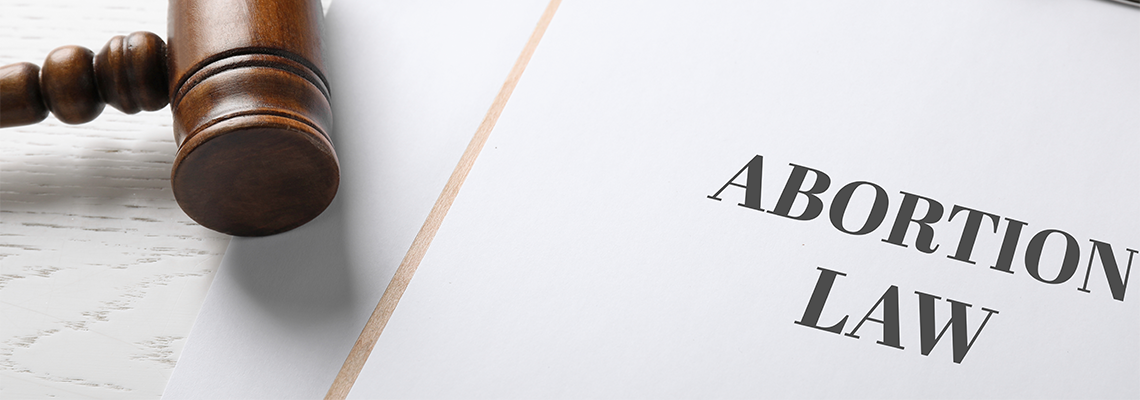Adoption is a beautiful way to grow your family and provide a loving home for a child, but the journey comes with many decisions. One of the most significant choices prospective parents face is whether to pursue an open or closed adoption.
One Child at a Time
What Are the Differences Between Closed and Open Adoption?
As prospective parents looking into your adoption options, you need to start at the basics and build your way up. It is important to understand basic matters such as the difference between open and closed adoption, which can impact your family situation in the future.
Closed and open adoptions have major differences that set them apart. While neither serves as particularly “better” or “worse” than the other, they fill different purposes and work better with different family situations.
Open Adoption
Adoption.org looks at the differences between closed and open adoption. In an open adoption, the biological parent(s) of the child directly participate in the act of placing their child into adoptive care. They may also continue to have contact with their child after the adoption.
This option allows for open communication between adoptive and birth parents. You may communicate via emails, texts, calls, social media posts and in-person visits. This form of adoption encourages bonding and growth between the adopted family and birth parents, allowing for a connection between both sets of parents and the child, too. This option benefits parents who did not wish to give up their child, but had to for other reasons, and adoptive parents who want their child’s birth parents involved in their life.
Closed Adoption
Closed adoption, on the other hand, goes the opposite route. Everything remains closed and sealed. In cases of abuse or where the birth family might pose a danger, closed adoptions serve as the preferred method. It gives a child with a rough upbringing a way to move on, protecting them from any other harm their birth parents may cause.
Each option has its benefits and downsides, and it is important to understand what is worth it to you and your family.
RECENT POSTS
In my years of practicing law, I've seen many legal changes and their impacts on the lives of my clients. One such change is the Dobbs ruling which has the potential to affect assisted reproductive technologies (ART), particularly in vitro fertilization (IVF).

